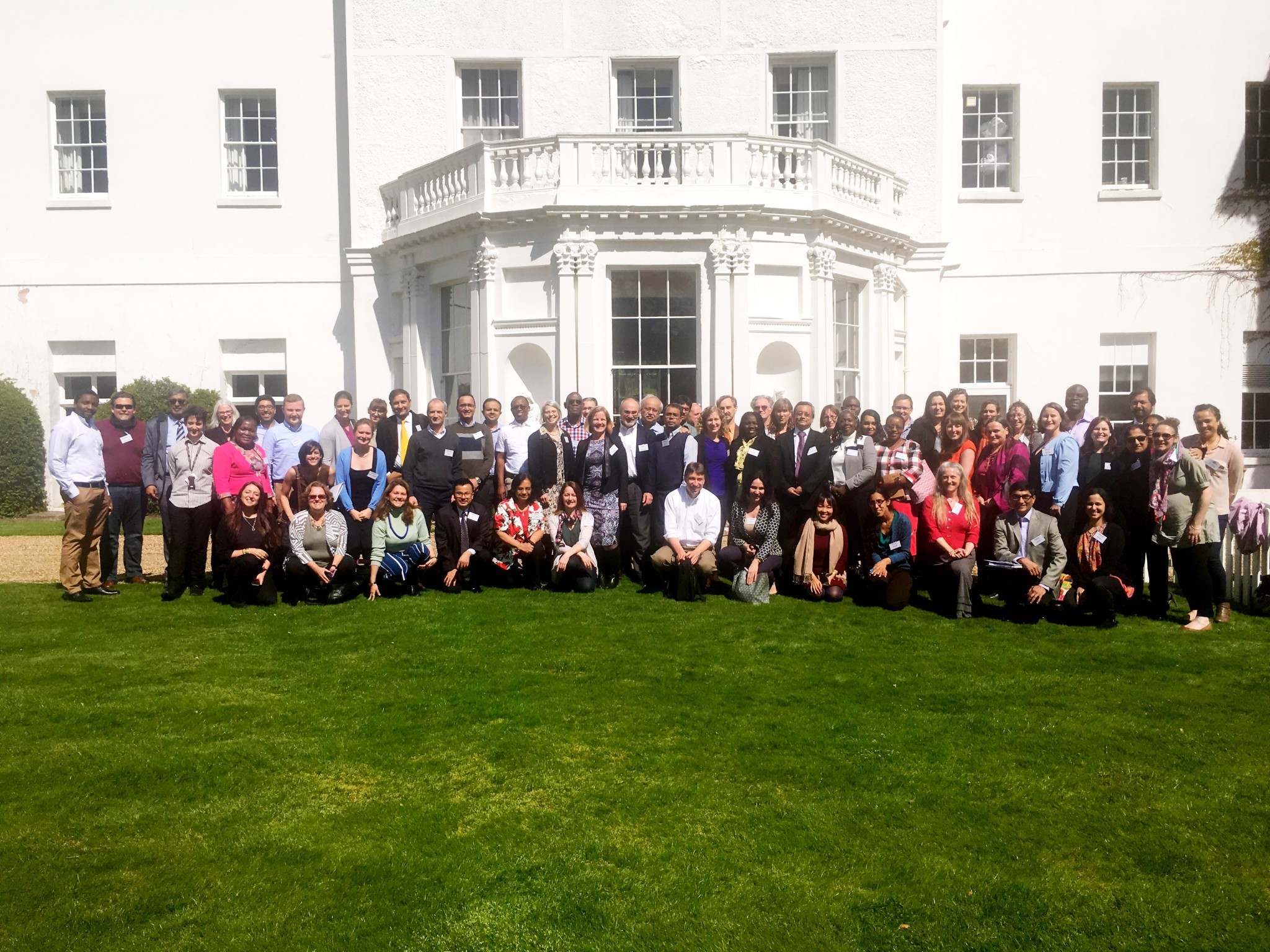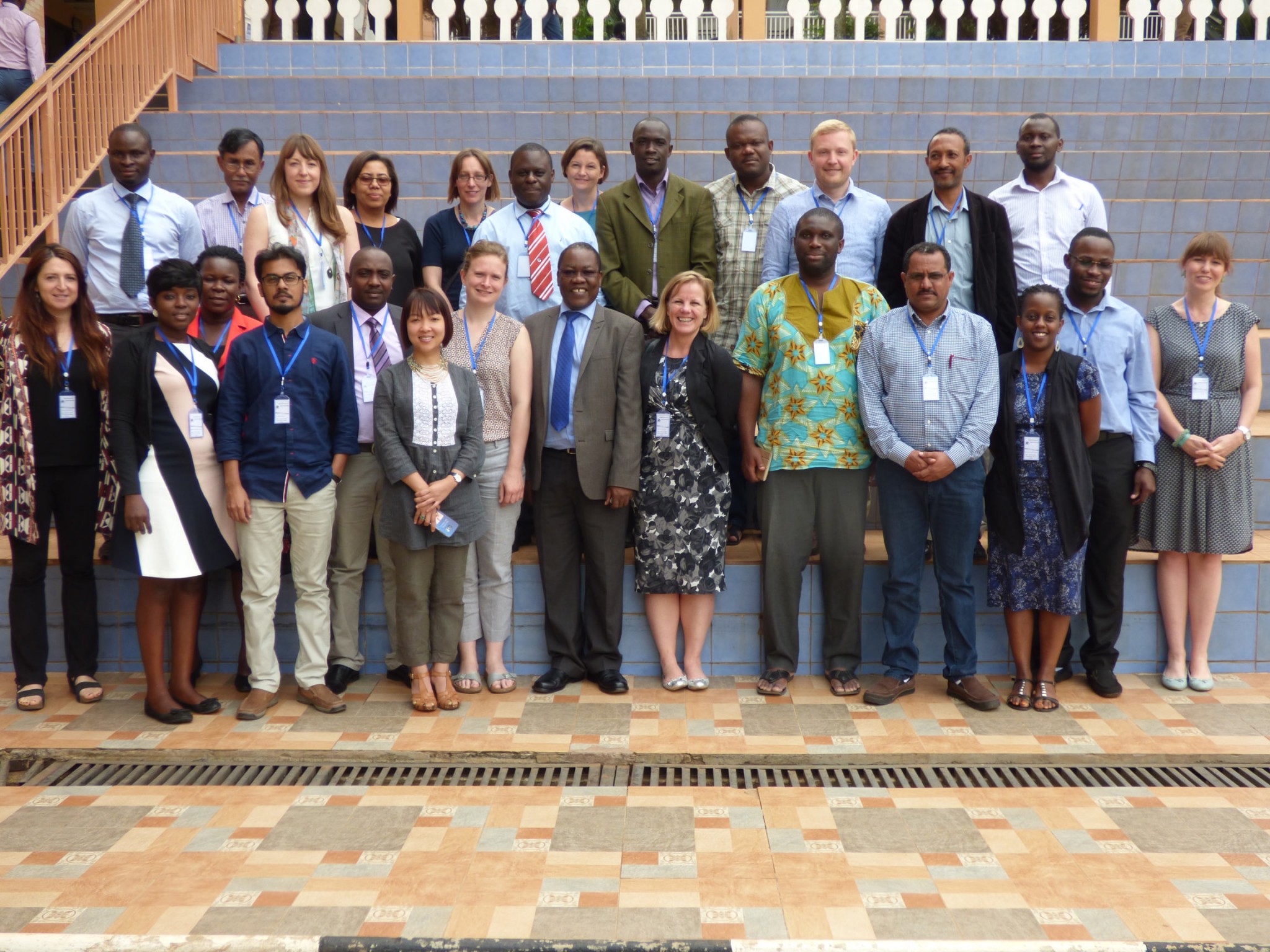Blog by Dorothy Boggs, LSHTM
“Maternal and newborn health data needs to be better by 2020 so we have ten years to use the data to drive change.”
— Professor Joy Lawn, co-chair ENAP Metrics working group
Today marks the second anniversary the Every Newborn Action Plan (ENAP) launch. Working closely with Strategies Toward Ending Preventable Maternal Mortality (EPMM), ENAP aims to improve the quality of maternal and newborn care, to reach every woman and newborn with universal coverage, and to strengthen measurement capacity and count every death to drive improvement and accountability.
In September 2014, the five-year, multi-partner ENAP Measurement Improvement Roadmap was published presenting steps to meet the key ENAP milestones. This roadmap, developed through wide consultation, is coordinated via the ENAP metrics group* in combination with EPMM metrics work. Priority indicators between the two strategies have been identified and now there is an urgent need to test and improve programmatic data, especially for coverage of high-impact interventions.
Two recent successful collaborative multi-partner research design workshops demonstrate the rapid progress towards the ambitious intermediate goals for the 2020 ENAP measurement improvement roadmap:
1) Facility-based metrics workshop
Over 60 participants from over 30 organizations and 15 countries participated in the ENAP Research Design Workshop for Facility Based Metrics held in April 2016. This workshop aimed to address the first step on the measurement improvement roadmap relating to facility-based testing of coverage indicators for selected interventions for ENAP and EPMM.

The workshop technically reviewed the plans for facility-based research by bringing together researchers and relevant experts involved in similar work. A total of 17 working group sessions were conducted over the two days, including working groups specifically for five selected interventions: Uterotonics, Resuscitation, Kangaroo Mother Care (KMC), Possible Severe Bacterial Infection (PSBI) treatment and Antenatal Corticosteroids (ACS).
2) INDEPTH Impact metrics workshop
The ENAP Measurement Improvement Roadmap impact metrics work is also being conducted within the INDEPTH Network, in close collaboration with their Maternal Working Group (MNWG), Makerere University School of Public Health (MakSPH), Save the Children, and LSHTM.

A two day INDEPTH ENAP Technical and Design Workshop was recently held in Kampala, Uganda on the 15th – 17th June 2016 with a group of 27 participants from Africa, Asia, and Europe. The focus of the workshop was to bring the site teams together to review the objectives of the ENAP work and refine a generic protocol and relevant tools in order to meet these objectives. The site teams participating in the research are from the 5 selected INDEPTH Network HDSS sites: Guinea-Bissau (Bandim), Ethiopia (Dabat), Uganda (Iganga-Mayuge), Ghana (Kintampo), and Bangladesh (Matlab).
Next steps
We look forward to ongoing collaborative work with all of the country teams and working groups as the protocol and plans continue to be developed. The forthcoming workshop reports, research protocols and related tools will be shared on Healthy Newborn Network once finalized. Our aims is that this work will improve the measurement of core newborn and maternal health coverage indicators and generate country demand for improving newborn and maternal data.
Special thanks to Children’s Investment Fund Foundation (CIFF) for funding INDEPTH study and the facility-based testing in Bangladesh and Tanzania, to UNICEF Nepal for supporting the work in Nepal, and the many other partners for funding participation at the two workshops.
More information
- WHO technical consultation on newborn health indicators: every newborn action plan metrics
- Count every newborn; a measurement improvement roadmap for coverage data
- “Maternal and newborn health should draw lessons from the ambition of the HIV response”
- Funder explains why they supported ENAP study under INDEPTH
- Perspectives on the INDEPTH Network-ENAP metrics design workshop
* The ENAP Metrics working group is co-chaired by the World Health Organization (WHO) and London School of Hygiene & Tropical Medicine (LSHTM), and has a mandate to work with multiple partners to ensure the milestones in the Action Plan related to metrics are delivered on in time, and tools and learning are widely shared and available in open access for use in countries.
